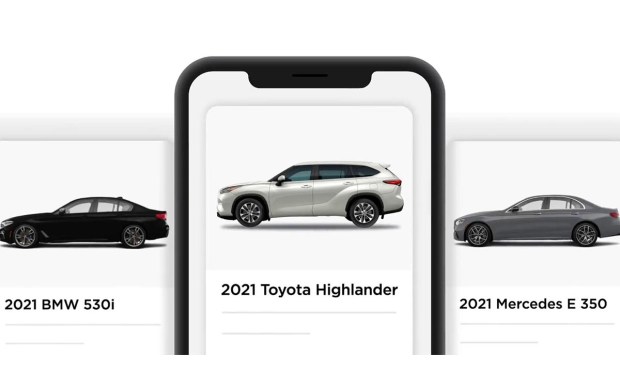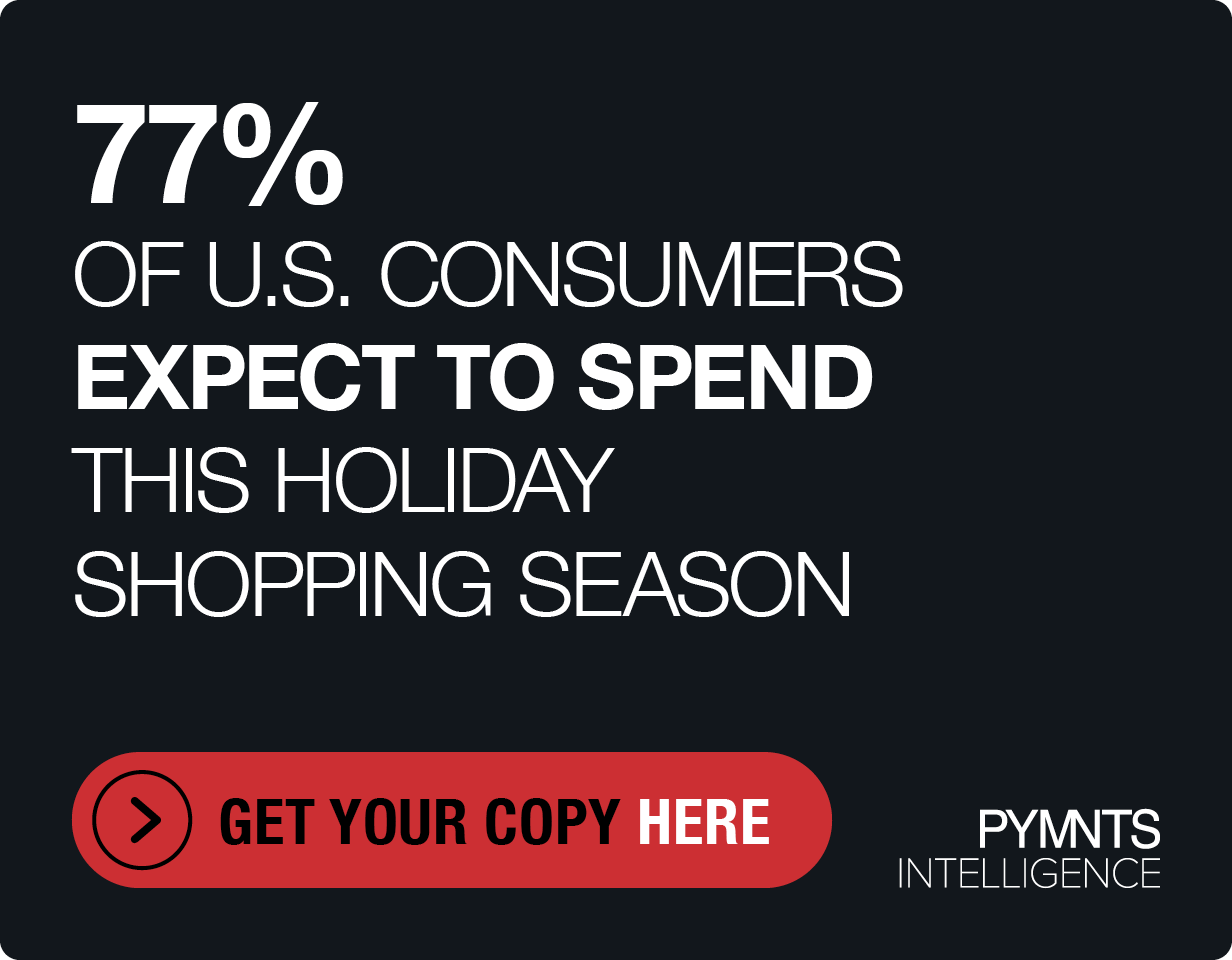GO CEO Says Car Subscription’s Core Selling Point Is Hassle-Free Buying and Ownership

Michael Beauchamp is a lifelong car enthusiast, but he’s never enjoyed the car buying experience. He said the whole process — from hunting down a deal, to haggling over financing and a down payment, to trading in or reselling a car — seems like one big hassle.
But as fate would have it, those well-known purchasing pain points would become the source of inspiration for developing something different: the GO car subscription service.
While earlier examples of car subscriptions were expensive and targeted largely at people who wanted to swap cars frequently, Beauchamp said he built GO to serve a mass audience of drivers who are looking for multiyear use of what he called “their daily ride.”
“This doesn’t have all the bells and whistles of swapping cars every other day or adding a lot of things that sound cool that people don’t actually want, but it really does an excellent job of providing customers what we all ask for,” Beauchamp, founder and CEO of GO, told PYMNTS CEO Karen Webster.
In short, he said the problem GO is looking to solve revolves around a common refrain: “Give me the car, not the hassle. Save me money and save me time.”
Keep It for Three Years, Get the Brand-New Version
The company launched operations in August in four major markets — Philadelphia, Orlando, Miami and northern New Jersey — and is now expanding to additional markets later this year thanks to its recent $41 million round of financing.
With the GO car subscription service, consumers are not locked in for three years as they would be with a lease. They can get out of the car for any reason with 30 days’ notice and a $495 restocking fee. But if they keep the car three years, that fee is waived.
“Three years, at least from our analysis with respect to residual values, is kind of an optimal time,” Beauchamp said. “We have the optionality to maintain the vehicle longer in time forward if we want to, or in some cases a little bit shorter, but from the customer’s perspective, you just kind of tell them rinse and repeat — keep it for three years, return it and get the brand-new version or the brand-new version of something else.”
The company offers anything from a Camry to a BMW X5, and a monthly payment from about $260 up to about $820. GO buys the vehicles either from a dealer right off the lot or at scale through fleet partners. For customers, there’s no upfront payment; they just start paying the monthly subscription.
“We think that’s profound,” Beauchamp said. “Normally you would have to dip into savings.”
Upgrade the Mileage Cap, if Necessary
Mileage caps are done on a monthly basis but are equivalent to 10,000 miles, 12,000 miles or 15,000 miles a year. GO allows customers to upgrade their mileage cap during the subscription if they find that they are driving more miles than they estimated. That’s something that’s typically not allowed in a lease, Beauchamp noted.
GO does not allow customers to use the cars for ridesharing and to enforce this, the company tracks mileage in real time with a hardwired telematics device.
Customers are responsible for damage, excess wear and tear, and excess mileage, similar to how they would be with a leased vehicle. On the insurance side, they have full coverage, with a deductible.
“We’re trying to offer customers, from a behavior perspective, something not dissimilar than what they’re used to,” Beauchamp said. “I think that most folks, if you can say they’re reasonable, would agree that these are reasonable constraints that the customers are responsible for.”
Appealing to a Broad Audience
The program is focused on customers who are at least 26 years old, who have a generally clean driving record and whose credit score is 700 or above.
“The default rate at that point is pretty minimal,” Beauchamp said. “We do run a fairly sophisticated yet not particularly invasive credit assessment on each customer.”
So far, the customer ages range from 26 to 73. The company has found customers are comfortable ordering a car from the internet. Beauchamp noted that the process of getting things online and even getting a car online as been here for a while.
“So, there’s not that same level of educating that we need to do to the customer, but …we’ve made it affordable and incredibly simple, and fortunately that appeals to a really broad audience,” he said.
Meeting a Demand for Simplicity
Looking ahead, GO is talking with its wholesale partners about selling the cars when they come off the subscription program.
When the company thinks about expanding to other geographies, it plans to manage that internally. It does have an outsource partner that handles the storage, prep and delivery of vehicles. That means GO can satisfy demands in new markets very quickly without having to build facilities and train staff.
“Through them and a few other partners, we have something that can grow very quickly,” Beauchamp said. “Right now, we only advertise in the markets that we’re in, but whether through SEO or word of mouth, we’re starting to get a lot of folks coming to us from states that we may not be in either ever or at least for some time. So, there certainly is demand for the simplicity that this sort of offering has.”
